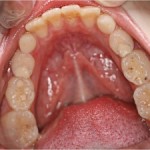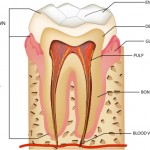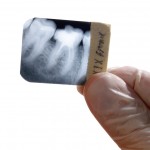
Pulpectomy is, indicated for primary teeth with irreversibly inflamed or necrotic radicular pulps because of caries or trauma. The main aim of this trial was to evaluate the outcome of pulpectomy with smear layer removal versus no smear layer removal. Patients were randomised to receive pulpectomy under rubber dam with either smear layer removal (G1) [read the full story…]





